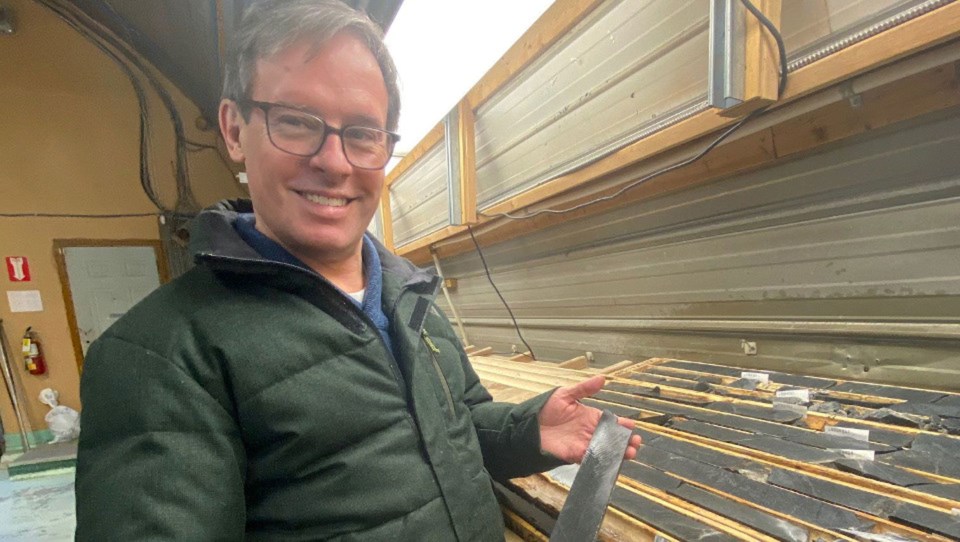Canada Nickel Company CEO Mark Selby often points out that the rocks of his ultramafic-hosted nickel deposits, north of Timmins, spontaneously soak up carbon dioxide (CO2) when exposed to air.
Now the Toronto-based junior mining company is providing the lab results to back up his claim.
For a couple of years, Selby has been pitching its Crawford Project and the Timmins area as an up-and-coming district for the North American electric vehicle sector to source a domestic large-scale and low-carbon supply of nickel.
And to please the government permitters, Canada Nickel has also been promoting Crawford as a future net-zero carbon emitting mining and processing operation that would add exponential value to the coming low-carbon regulatory environments in North America and the European Union.
Canada Nickel Company revealed this week the results of a lab test program for a new method of accelerated carbon capture called In Process Tailings (IPT) Carbonation that it maintains has “transformative" potential.
Sign up for the Sudbury Mining Solutions weekly newsletter here.
The test demonstrates that this accelerated carbon capture process could allow Crawford’s tailings - mine waste rock - to absorb enough CO2 to achieve net zero carbon emissions within 36 hours, and generate up to 21 tonnes of CO2 credits per tonne of nickel produced within six days, rather than the multiple months involved in so-called “existing passive tailings approaches.”
Over the span of a year, this translates into an average of approximately 710,000 tonnes of CO2 credits and 18 million total tonnes of CO2 credits over the proposed mine life of 25 years.
“These lab scale test results demonstrate a potentially transformative process to turn a nickel mine into a net generator of carbon credits rather than a generator of carbon emissions,” said Canada Nickel CEO and Chair Mark Selby in a July 20 news release.
“Our active and accelerated process has the potential to operate at least 8-12 times faster than current passive approaches, delivering carbon capture at a multiple of what industry leaders are currently able to achieve. Our process also allows easier quantification and verification of the amount of carbon captured.”
As a proposed carbon neutral operation, other components being studied as part of the mine plan would involve deploying electric excavating and hauling equipment rather than a diesel-powered fleet. Large-scale milling would be powered by hydroelectricity to minimize carbon emissions.
The company believes these benefits would be passed along in adding value to its nickel product and to snag a strategic investment partner to bring the property into production.
Want to read more stories about business in the North? Subscribe to our newsletter.
The Crawford Project is 40 kilometres north of Timmins. Management said it will be the largest base metal mine in Canada and the world's fourth largest nickel sulphide deposit.
The company has been evaluating Crawford as an open-pit large-tonnage, low-grade mine complex, but ongoing drilling suggests there is the potential for higher grades at depth.
With only a small portion of the 38-square-kilometre property explored, the company believes Crawford has huge upside as a district-scale, multi-decade mining operation.




